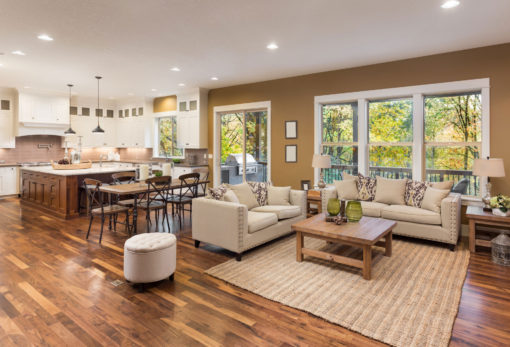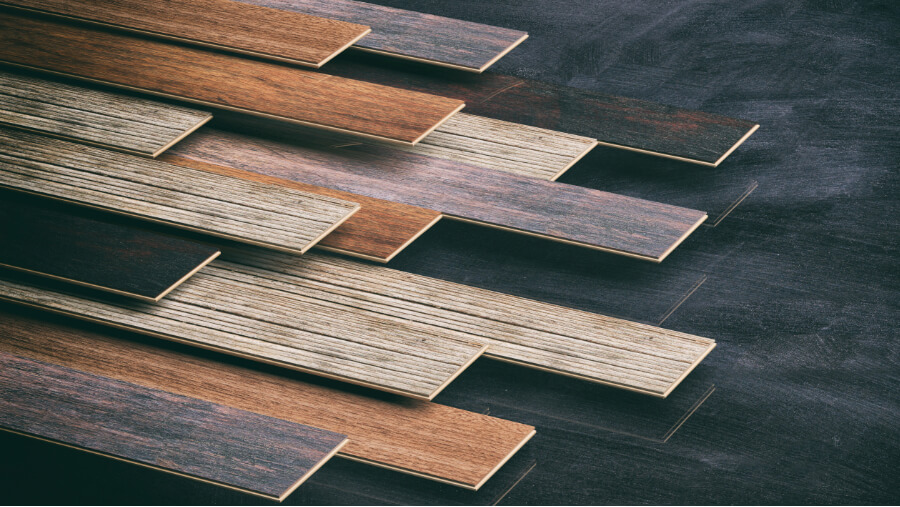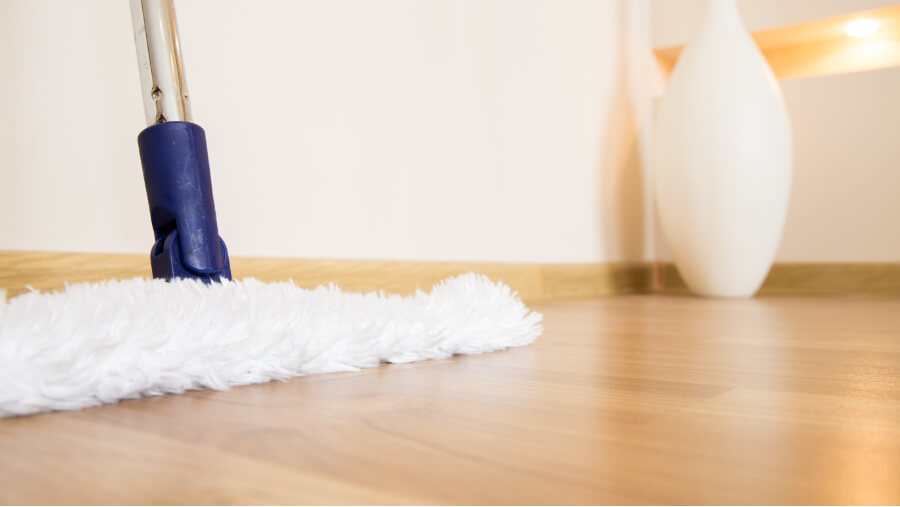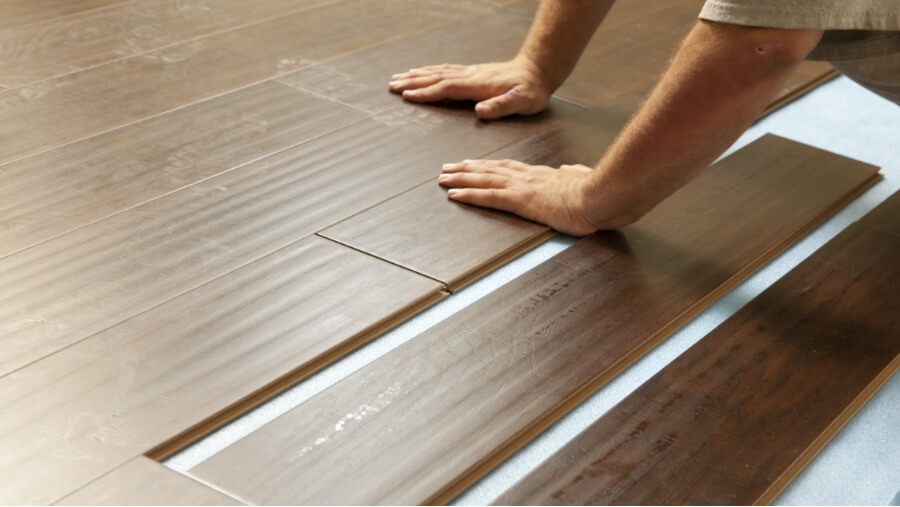
Hardwood flooring is a great choice for your home that creates a classic, natural look and serves as an investment that will last for years to come. It blends with any décor or design, and is perfect for the high-traffic, high-visibility areas throughout your house. When it comes to selecting hardwood floors, however, there is a lot to know. This guide will provide you with the information you need to make the right decision.
Solid vs Engineered
 When selecting new hardwood flooring in the Concord, California area, often the first task is to decide between solid hardwood and engineered wood.
When selecting new hardwood flooring in the Concord, California area, often the first task is to decide between solid hardwood and engineered wood.
Traditional wood floors are solid hardwood, often called real wood flooring. These are floorboards made from solid, complete pieces of wood such as Oak or Walnut that create a highly durable option that can last far into the future. With solid wood flooring, you can also sand it down and re-coat it to keep the floor looking fresh and beautiful.
Engineered Wood serves as an alternative to solid wood. This flooring type may look like solid wood on the surface, but underneath they are something different. Engineered wood floors are built with upper layers of hardwood that are bonded onto synthetic materials, creating strength and resistance against humidity and temperature changes that create damp conditions. This makes this option ideal for high-moisture locations such as basements and bathrooms.
Solid floors are strong, beautiful, and can last a lifetime. However, because they are naturally constructed, these floorboards are limited in size and are more expensive when compared with engineered wood. Although engineered wood is not as strong as solid wood, it is still quite strong and is a better fit for homes that experience damp conditions or extreme temperature changes.
Wood Varieties
Hardwood flooring can be derived from several different wood species, and can be comprised of domestic or exotic wood.
Domestic wood species include oak varieties like red and white oak, which are often the most desired and most common. Also included are other species such as maple, walnut, birch, cherry, pine, as well as others. These types of wood are commonly used across the United States and create a traditional setting for your home. Unless they are stained a darker color, domestic wood species tend to have lighter color.
Exotic wood species tend to have more varied color when compared with domestic wood, as well as unusual grain patterns. They are becoming more popular for their natural warmth and ability to create a unique look. Exotic wood species include Brazilian Oak, Brazilian Cherry, Santos Mahogany, Tigerwood, Brazilian Teak, Bamboo, and many others.
Hardwood Finishing
Finishing your hardwood floors is the final step in the process. First, you must properly prepare the surface of the wood. This can include sanding, grain filling, and defect filling. It’s also important to know your wood and how well it will accept stain. Some woods like hard maple tend to stain unevenly and present a blotchy appearance, while other woods accept stains seamlessly. Next, determine the type of finish to be used. There are a large number of finishers available, but they can all be divided into two categories: penetrating finishes and surface finishes. Penetrating finishes tend to look more natural, while surface finishes are more durable.
Finishing your hardwood floors in place creates countless possibilities and allows you to select from different color woods, stains, finishes and styles to achieve a custom effect. This also increases your floorings’ performance and lifespan.
If you’re ready to select hardwood flooring for your home, Concord Carpet and Hardwood can help. Our expert team can assist you with in-home measuring to ensure you get just the right amount of flooring for your needs, free quotes so you know what your different flooring options will cost, and our fast, high-quality installation services to ensure your floors are properly fitted with minimal mess and a beautiful result. Give us a call at 925-691-7101 for more information.
Here’s How To Find Us:





